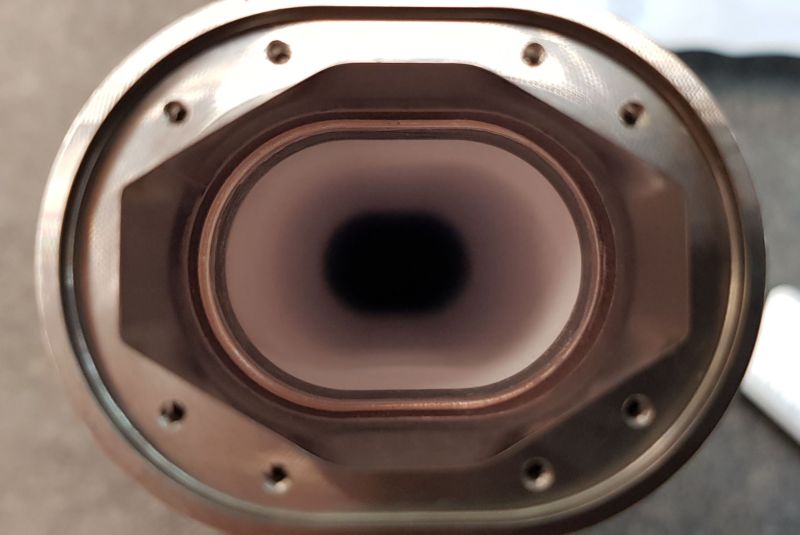Alumina ceramic chambers are widely used in accelerator units for injection, fast extraction and beam excitation. These components are placed in fast pulsed (range of nanosecond) deflector magnets as kicker, buncher or scanner application. Unlike metallic components, ceramic components avoid shielding the rapidly changing external magnetic fields. Furthermore, metallic tubes would heat up considerably due to counter-induced eddy currents. To prevent static charges and the emission of secondary electrons on the ceramic surface, the inner surfaces of the ceramic chambers can be coated with a high-resistance thin layer.
The requirements for these components are: Sufficient mechanical strength against atmospheric pressure and resilience through installation and operation. Techniques in this field have been further developed, following the requirements in special applications. For example, a method has been developed to make the transitions between the material zones inside the chambers as smooth as possible. This is of particular interest in the field of electron accelerators, where impedance changes are to be avoided.
The sample images show a ceramic chamber with a smooth transition from a polygonal octagonal contour at the flange entrance to the inner racetrack shape of the ceramic. Client: SigmaPhi, Location: Soleil Electron Synchrotron near Paris – Voilà!




